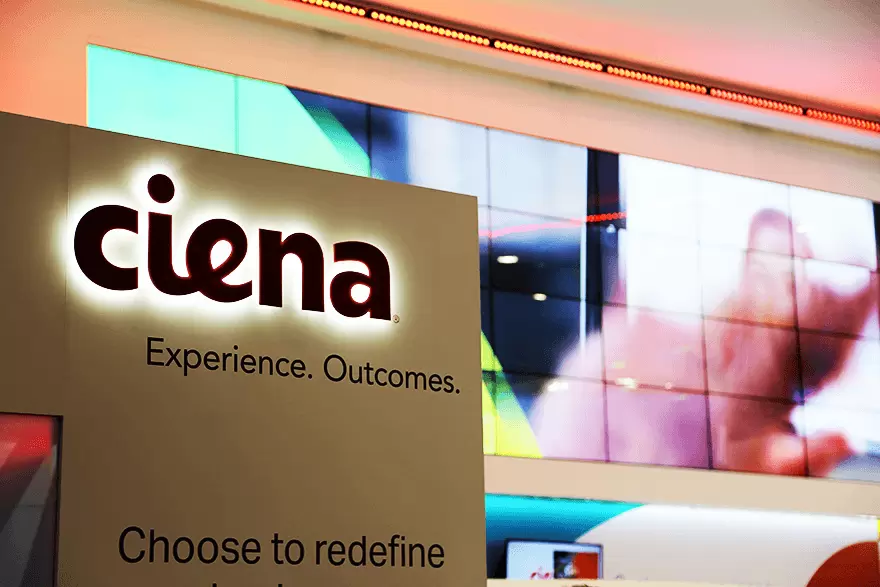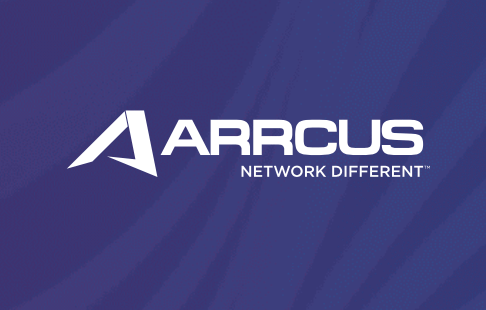Luna Innovations announced a $50 million investment by White Hat Capital Partners as well as the acquisition of Silixa, a UK-based supplier of distributed fiber optic sensing solutions.
Silixa Ltd is a company specializing in fiber optic-powered data services, primarily serving sectors like alternative energy, mining, and others. They provide distributed fiber optic sensing solutions, which are used to measure temperature, strain, and acoustics, even in hostile environments. These solutions are particularly significant for their high fidelity and real-time, high-resolution data collection, enabling a more comprehensive understanding of various environments and assets.Founded in 2007, Silixa is based in both London, UK, and the US. It was established by Mahmoud Farhadiroushan and Tom Parker. The company is privately held and has been supported by major investors such as Lime Rock Partners, Chevron Technology Ventures, and Equinor Technology Ventures.
Silixa is expected to achieve approximately $30 million in 2023 revenue, representing approximately 15% annual growth on a constant currency basis. The purchase price consists of $21.5 million in upfront cash consideration and up to an additional $16.5 million in earnouts payable in 2025 upon the achievement of certain 2024 financial performance milestones. The transaction was funded with a portion of the proceeds from White Hat Capital Partners’ strategic investment in Luna. Inclusive of modest cost synergies, the acquisition is expected to be accretive to non-GAAP earnings in the first year.
Luna Innovations, which was founded in 1991 and is based in Roanoke, Virginia, is known for its fiber optic sensing products (like ODiSI), fiber optic test and measurement products (including OVA, OBR, and tunable lasers), and terahertz test and measurement devices (such as T-Ray and T-Gauge).
Luna Innovations reported a revenue of $109.5 million in the fiscal year 2022.
Under the investment deal, White Hat has initially purchased 52,500 shares of Series B convertible preferred stock at a purchase price of $50.0 million, to be used for the Silixa acquisition and other corporate purposes.
Luna said the acquisition advances its position in the fiber optic sensing market, adding capabilities in distributed acoustic sensing (DAS), distributed temperature sensing (DTS) and distributed strain sensing (DSS) that offer enhanced performance for applications in energy, natural environments, mining and defense.
“The addition of Silixa not only elevates the portfolio of solutions we already offer in our key end markets, but also further strengthens our position as an enabler of energy transition by extending our reach into exciting new growth sectors, such as carbon capture and storage, as well as into monitoring processes that will help sustain ecosystems and safeguard fragile environments,” said Scott Graeff, President and Chief Executive Officer of Luna. “Silixa brings important technology capabilities and strong talent that we expect to leverage across our EMEA footprint, which we expect will drive profitable growth across our European enterprise.”
“Today’s announcement is a pivotal milestone in the history of Silixa and a testament to the hard work and dedication of our employees,” said Co-Founders Mahmoud Farhadiroushan and Tom Parker, who are both continuing with Luna. “We’re thrilled to be joining a company that shares our focus on innovation and our passion to provide solutions to some of the world’s most critical challenges,” added Glynn Williams, CEO at Silixa, who will remain as an advisor to Luna through 2024.

















































